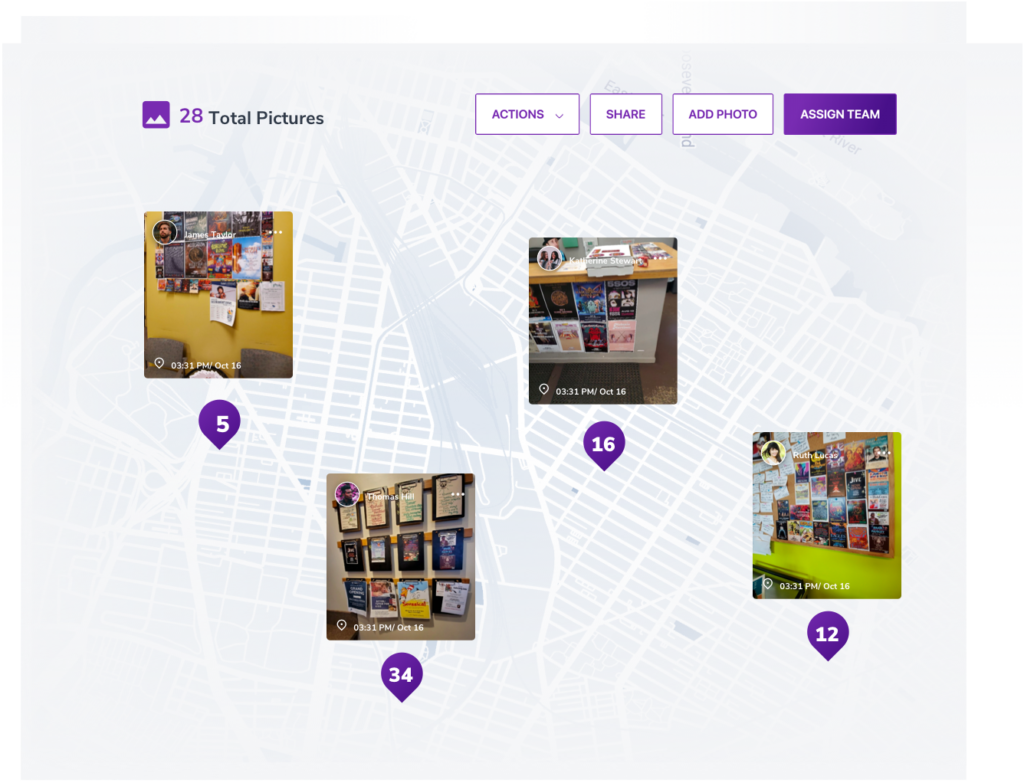

Visual appeal: Not surprisingly, bloggers told us they care a lot about how a map fits visually within their post. As of now, Google My Maps are better suited to show exact walking, hiking or biking routes. Both Wanderlog and Google maps are great for road trips, lists of places, daily and day-to-day routes. Usefulness to readers: Depending on what you want to show on your map, Wanderlog or Google maps will be more useful for your readers. We recognize the appeal of an established brand, but for those curious, startups offer direct access to the founders and a more personal touch: if there is a feature you’d love a map to have, let us know at and we’ll see what we can do!

If deciding just based on this feature, it will depend on whether you prefer to go with a well-known brand or with an up-and-coming startup. Usually, we get ~97 with the Wanderlog map and ~75 with the Google one.Įase of creation: Bloggers who switched from Google maps to Wanderlog told us that creating a Wanderlog map is more intuitive and takes less time than creating a Google map.Ĭustomizability: Both Wanderlog and Google My Maps are highly customizable. with Google My Maps using the PageSpeed Insights tool. Wanderlog maps have near zero impact on PageSpeed and are the clear winner in this category: here’s a side-by-side comparison of a page with a Wanderlog map embed vs. PageSpeed impact: One of the main concerns for bloggers is PageSpeed.

We’re obviously proud of Wanderlog’s maps, but to help you choose, we compared Wanderlog and Google Maps across several categories based on bloggers’ responses on the most important features they look for in a map. Pick the one that has the features you and your readers care about the most, and customize it so it looks and feels as a natural part of your post. Your travel blog is uniquely yours and your maps should be, too. The only other common blog we found is ours (Wanderlog’s) maps from Roadtrippers, MapMyTrip, and a few others popped up here and there, but none more than 3 times. It’s been around forever, and is the most common on the blogs we’ve surveyed. The hundred-pound gorilla in the room’s Google Maps. Your guide is an itinerary for a couples’ weekend getaway to London, but you also want to include a list of kid-friendly places? An interactive map is the perfect one: you can create different layers and categories, making it easy for readers to find and explore the places they’re most interested in.Ĭreating an interactive map: what tool should I use?
#GOOGLE MAPS TRAFFIC SYMBOLS LIST 2021 HOW TO#
How to embed a map using WordPress Gutenberg.Creating an interactive map: what tool should I use?.Interactive map or an image map – which one fits your blog post?.Since maps are so important, we wanted to write the ultimate guide to embeddable maps: we’ll explain what kinds of maps are best for different kinds of travel guides, how to create them, and how to embed them on your blog, while keeping in mind bloggers’ concerns about PageSpeed and the lack of time or tech savviness. But many are concerned about whether maps will impact their page load times, while others find making a map too complicated or time-consuming. All agree that maps are the perfect, and even necessary, addition to a travel guide or itinerary. We looked at over a thousand large and small travel blogs from around the world, and spoke with some of the bloggers. Still, the majority of bloggers don’t use maps. With a higher-ranked result, more people discover it and spend more time reading, pushing it up the rankings further in a virtuous cycle. Travelers love maps on a blog post! When you’re busy planning a trip, you’re trying to make sense of it all and figure out how long getting between everything will take, and a map helps a ton.Ī map on your page makes readers stay longer and bounce less often, and helps your post rank higher on Google. Peter Xu Follow Co-founder at Wanderlog and avid traveler and tester of technologies How to create a custom Google map or a Wanderlog map and embed it on your blog post


 0 kommentar(er)
0 kommentar(er)
